#hockenheimring
Text

I LOVE my design 😈🏁
Instagram Law_ya
#motorbike#bikergirl#bikes#bikelife#bikerchick#sportbike#bmws1000rr#motorrad#ducati#yamaha#s1000rr#s1000rrdesign#bikedesign#monsterfairings#biker#biketok#law_ya#kawasaki#yamaha r9#motogirls#moto#motorradgirls#moto life#instabike#bmwmotorbike#bmws1k#bmws1krr#motogp#nürburgring#hockenheimring
30 notes
·
View notes
Text
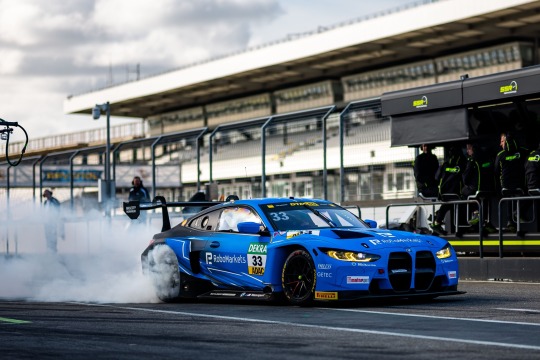
Smoking their Pirellis, Schubert Motorsport peels out of pit lane at Hockenheim DE where their N°33 BMW M4 GT3 topped the afternoon test session ahead of the 2024 Deutsche Tourenwagen Masters season opener.
#bmw m4 gt3#deutsch tourenwagen masters#schubert motorsport#hockenheimring#2024 dtm#pit lane#smoking#dtm2024
24 notes
·
View notes
Text
The development of safety in F1 through the years and numerous fatal accidents
So, here is a rather voluminous article that I once wrote, and, in fact, I still love it and maybe someone here will appreciate it too. TW! mention of injury, accident and death
Formula 1 went to the existing rules for a long time, through thorns, protests and accidents.
The races of the mid-20th century weren’t distinguished by safety in everything: from fragile cars suffering from constant breakdowns and design flaws, to the organization of races. In 1968, at the Hockenheimring, safety problems led to the death of one of the legendary racers: James Clark Jr. There is no single version about the causes of Jim Clark's death, since there are no thoroughly documented circumstances of his accident.
Old Hockenheimring didn’t “shine” with safety even by the standards of the 70s: ditches on the edges of the track, the forest adjacent to the track. The history of the route played a role: built back in 1932, it partially used forest roads, which had its consequences.
Jim himself said: "From time to time I think about the danger. Especially when there are a lot of trees around. If you fly out, then most likely you will have to hit them hard." The words turned out to be prophetic.
On a wet track after the rain, his car lost control (versions from a burst tire to a rear suspension malfunction common at that time and problems with fuel supply), hit trees standing next to the track and fell apart into several parts. Jim was taken to the hospital, but nothing could be done.
His death had a significant impact on safety, pointing out the weaknesses of the organization: ditches and trees were removed, fences appeared on all tracks, gravel traps and departure zones significantly increasing safety, two chicanes were added at the Hockenheimring,
However, barriers didn’t become a panacea, and in the following years many riders were injured and died when they collided with fences that had many shortcomings in their designs. Just 2 years after Jim's accident, died from a poorly installed fence the only driver who received the title posthumously: Jochen Rindt.
In September 1970, Jochen crashed on the Monza. The official cause of the accident was called a breakdown of the axle shaft, but neither this breakdown nor the accident itself could lead to a tragedy. Fatal were the shortcomings of the safety system: the joint of the bump, into which the car flew, wasn’t sufficiently secured, and the car hit the rack, which caused the entire front part of the car to be destroyed. The last factor was the seat belts. Jochen, who had already been in an accident, was terrified of burning alive in the car, not having time to unfasten in time, so instead of the five-point belts that already existed at that time, he used outdated three-point belts that simply couldn’t provide a suitable fixation. The lack of restraining straps from below led to the fact that after the impact, Jochen's body moved lower in the seat, and the upper belt damaged his neck and throat in a way that he had no chance of surviving.
Jochen wasn’t the only victim of the shortcomings of the barriers and the low level of car safety, but his accident clearly showed that collisions, with due care, leading to bruises and minor injuries, can lead to death.
Most of all could tell about the terrified attitude to safety at the races Ronnie Peterson. The accident in which he got in Monza in 1978 had every chance of becoming an ordinary, if not for the absolute negligence on the part of the organizers of the race. A retelling of the mistakes made this weekend can take several full pages, considering sequentially the entire chain of events that led to the tragedy.
In the accident in which Ronnie was injured, 10 cars collided simultaneously on a narrow section of the already extremely unsafe Monza: marshals didn’t wear fireproof uniforms, signal flags weren’t used, departure zones weren’t equipped, the track itself wasn’t modified in accordance with safety regulations. The fuel spilled over the track instantly burst into flames, engulfing the broken cars, the flames couldn’t be quickly brought down, and the racers, fearing the consequences of the fire, pulled Ronnie out themselves.
Ronnie wasn’t the only one who was injured in the accident, moreover, Ronnie received only fractures of both legs, while several other riders received serious head injuries due to blows from the tires that flew off the cars, which greatly influenced further events. Ronnie's assistance began to be provided only 15 minutes after he was removed from the car, the medical staff of the track walked to the scene of the accident on foot, making their way through the crowd and the police, who didn’t let them through for a long time, and Ronnie was initially carried on a stretcher to the medical center of the track, and only then taken to the hospital. The cause of death was an embolism – particles of tissues and bones got into the circulatory system and clogged the vessels in the lungs and heart.
Racing accidents are inevitable, especially on dangerous tracks, the reaction is important, and in Ronnie's case there was no justification for such negligence on the part of all those responsible. With the proper level of safety, such injuries would never have become fatal, which was confirmed a few years later when another rider received similar injuries.
The consequences of Ronnie's accident for the overall safety level were very significant, and these changes saved the lives of more than one rider. Safety standards were raised at the Monza, firefighters were taught to extinguish cars in 30-40 seconds on all tracks so that racers didn’t have to be pulled out of the fire, and medical care was transferred from the receiving tracks to the F1 Teams Association, which increased the level of medical care organization and ensured equal safety for pilots on all tracks.
Probably the most famous victim of Formula 1 accidents was Ayrton Senna, who crashed on the "black weekend" of Formula 1 – at the 1994 Imola.
After the 94th Imola, the tragedy of which was largely determined by the insufficient level of passive safety, the FIA gathered a group of experts who engaged in a scientific assessment of the situation and made a number of proposals to improve the safety of racing. Crash tests have been tightened, and speeds have been reduced. The standards according to which the helmets of racers are made have been revised, the fencing of the tracks has been improved, the approach to the construction of race tracks and to the development of chassis has been changed.
In addition, Ayrton's death served as a catalyst for the adoption of special rules outside of motorsport. Euro NCAP was formed - the European committee for conducting independent crash tests of cars with an assessment of active and passive safety, which has the support of seven governments in the EU, as well as automotive and consumer organizations in all EU countries.
The latest, at the moment, the most obvious innovation in the field of safety was the Halo – introduced in F-1, 2, 3 and FE element of the safety frame made of aviation titanium (in F3 of steel) and located around the driver's head. The introduction of Halo was a response to many accidents during which riders received head and neck injuries due to blows, but probably the most obvious indicator of the need for urgent changes was the accident of Jules Bianchi, who died from the consequences of a severe head injury on the Suzuka in 2014.
Various head and cervical spine injuries have remained a significant problem for all racing series for many years, since none of them had a sufficient level of passive safety. This tragic trend continued until the introduction of a complete head protection system in the series (and F1 as well), consisting of: a neck and head protection system (HANS), a side head support system, a helmet, a safety arc and the Halo itself.
Halo, as introduced by one of the last and significantly changed the appearance of the car, clearly showed that any innovation in F1, even repeatedly justified from the point of view of safety, meets resistance from conservative-minded participants of the "grand circus of Formula 1", and many changes are postponed for a long time, while there are debates between supporters and opponents of innovations. Some of the changes are postponed until it becomes impossible not to accept them.
F1, like many other structures, is very reluctant to reform, remaining faithful to traditions, even if some of these traditions are frankly dangerous. There were other accidents, fatal and not, which gave rise to many changes to the regulations of racing safety, and many of them were met with distrust, and sometimes outright hostility. However, time proves that these changes were inevitable and necessary to save human lives.
#f1#formula 1#Jim Clark#Jochen Rindt#Ronnie Peterson#Ayrton Senna#Jules Bianchi#Hockenheimring#Monza#Imola#Suzuka
9 notes
·
View notes
Text

Racing De Tomaso Pantera. Hockenheim Ring, Baden-Württemberg. October 2023
I had to rush this sketch as everyone was packing up and leaving. Some racing fans came up to look at the sketch but when I started chatting with them they said I haven’t got time to chat, I have to finish the sketch!
#steve faraday#ink drawing#urban sketch#illustration#on location#fineliner#usk#ink sketch#urbansketchers#hockenheimring#motorsports
6 notes
·
View notes
Photo

Alan Jones - Williams FW07B Ford Cosworth DFV 3.0 V8 - Grand Prix d'Allemagne - Hockenheimring 1980. - source F1 Old and New.
33 notes
·
View notes
Text

🏎️ Sebastian Vettel drives Scuderia Ferrari's SF90 during practice for the German Grand Prix
📍Hockenheimring, Germany
🗓️ 27 July 2019
📸 Mark Thompson
11 notes
·
View notes
Text
Volbeat is headlining at Download Festival this year!

#volbeat#volbeat news#download festival#download festival 2023#slipknot#parkway drive#disturbed#i prevail#amon amarth#kreator#clutch band#the amity affliction#dead poet society#nothing more#germany#hockenheim#hockenheimring#lineup#tour dates
6 notes
·
View notes
Text
#finally! polls!#f1#formula 1#polls#silverstone#monza#spa francorchamps#interlagos#imola#monaco#suzuka#canada#hockenheim#hockenheimring#formula one#f1 poll
2 notes
·
View notes
Photo
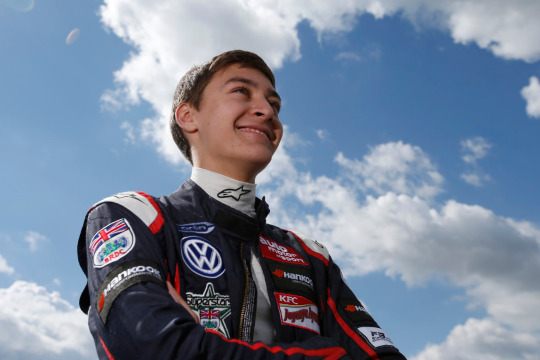
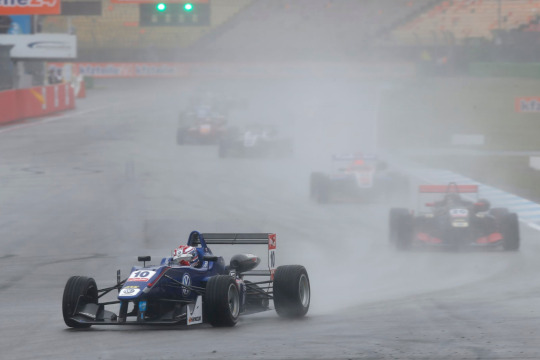
george russell during round two of the f3 european championship, hockenheimring, germany - may 3, 2015
📷 fia / motorsport images
#george russell#f1#formula 1#flashback fic ref#flashback fic ref 2015#germany#hockenheimring#germany 2015#germany 15#germany2015#germany15#germany 2015 sunday#hockenheimring 2015#hockenheimring 15#hockenheimring2015#hockenheimring15#hockenheimring 2015 sunday#childhood photos
7 notes
·
View notes
Text
Lukas Podolski kündigt “Glücksgefühle”-Festival an
Der Fußballer Lukas Podolski plant auf dem Hockenheimring eines riesiges Festival im Jahre 2023. Der Slogan lautet “The Glück is coming home” und verspricht vieles. Künstler wie Marteria, Sido, Sarah Connor stehen schon im Lineup. Auf Instagram hat er schon verkündet: “Wie ihr wisst, liebe ich Musik. Und ich liebe es, Menschen glücklich zu machen.Daher kommt bald etwas Neues für euch, für uns.”…

View On WordPress
#Clueso#Cro#Donots#Glücksgefühle Festival#Glücksgefühle Festival 2023#Hockenheimring#Lukas Podolski#luna#Marteria#Milky Chance#Nico Santos#Robin Schulz#Sarah Connor#The Glück is coming home
2 notes
·
View notes
Text
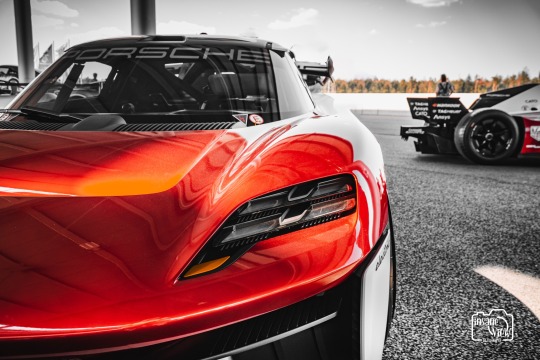









Porsche Experience 2023 auf dem Hockenheim Ring
#fotography#fotos tumblr#beautiful photos#photoblog#photooftheday#photoshop#photography#tumblr photo blog#tumblr photo post#tumblr fotos#tumblr photographer#deutsches tumblr#porsche#hockenheim#hockenheimring#porsche photography#Porsche expierience Hockenheimring#porsche experience
0 notes
Text

The N°88 Akkodis ASP Mercedes-AMG GT3 Evo sweeps onto the straight of the Hockenheimring DE to win the 2023 GT World Challenge Europe closing sprint.
#mercedes-amg gt3 evo#gt world challenge europe sprint cup#akkodis asp#hockenheimring#2023 gtworldcheu#gt world challenge europe
19 notes
·
View notes
Text
youtube
#simulation#sim racing#sim racer#racing#esports#automobilista#ams2#porsche#hockenheim#hockenheimring#Youtube
0 notes
Text
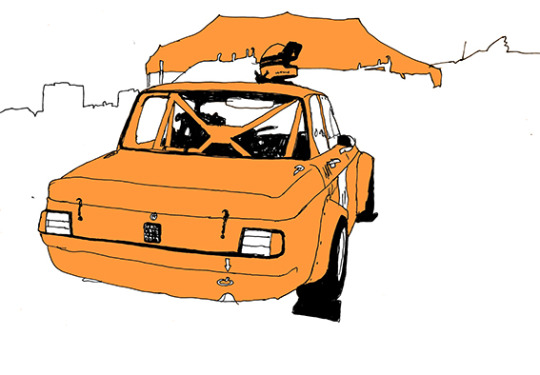
BMW 2002. Hockenheim Ring, Baden-Württemberg. October 2023
The owner told me it was a 1976 model with loads of modifications.
#steve faraday#ink drawing#urban sketch#illustration#on location#fineliner#usk#ink sketch#urbansketchers#hockenheimring#motorsports#bmw#2002
5 notes
·
View notes
Text
Kia glänzt beim e4 Testival und der ADAC 24h e-competition
Kia glänzt beim e4 Testival und der ADAC 24h e-competition

View On WordPress
0 notes
